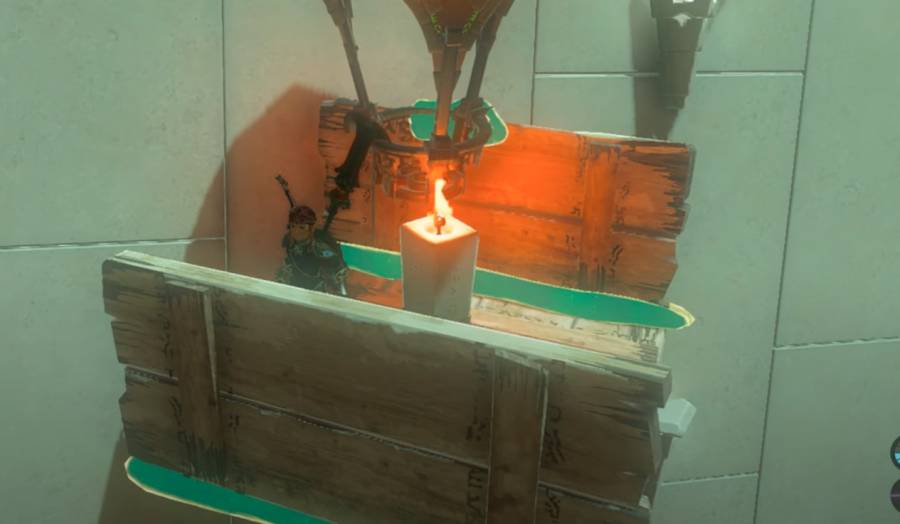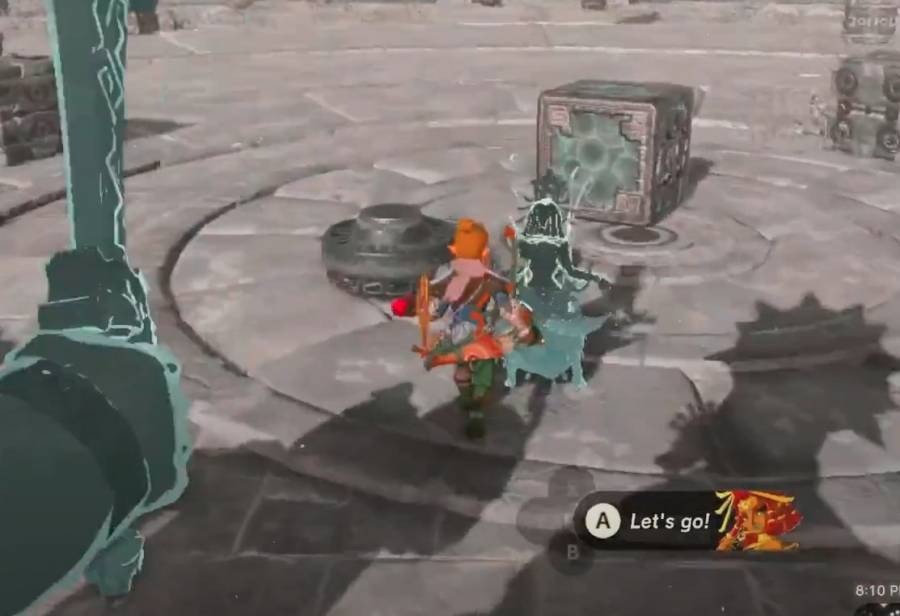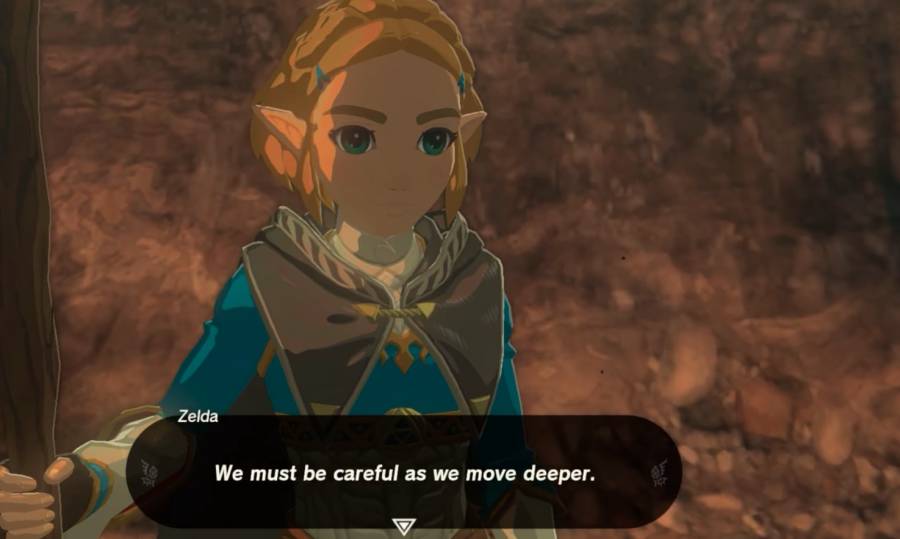Art direction in games refers to the overall visual appearance of a game that communicates its artistic intent. It involves conceptualizing and overseeing the game’s aesthetic style, including aspects like character design, environment design, lighting, animations, and user interface.
Role of Visual Design in Gaming
Visual design plays a pivotal role in gaming as it influences the player’s perception and experience. It helps create immersive worlds, convey emotions, guide player actions, and tell compelling stories.
Importance of Art Direction in Narrative and Gameplay
Art direction is crucial to both narrative and gameplay. It enhances storytelling by visually representing the game world and characters, and impacts gameplay by influencing player decisions and interactions within the game.
 Tears of the Kingdom Contribute to Its Narrative and Gameplay Experience?” />
Tears of the Kingdom Contribute to Its Narrative and Gameplay Experience?” />Overview of Tears of the Kingdom’s Art Direction
Artistic Style and Influences
Tears of the Kingdom boasts a unique artistic style influenced by various cultures and art movements. Its richly detailed visuals, intricate designs, and striking color palette set it apart from other games.
Visual Design Principles Applied
The game employs key visual design principles like contrast, balance, and emphasis to create visually appealing and engaging scenes. These principles help guide player attention and enhance the overall gaming experience.
Audience Reception and Critiques
Tears of the Kingdom has received widespread acclaim for its art direction. Critics and players alike have praised its distinctive style, intricate designs, and the seamless integration of visuals with narrative and gameplay.
Character Design in Tears of the Kingdom
Conceptualization and Design Process
The character design in Tears of the Kingdom involves extensive conceptualization and iteration. Each character is meticulously designed to reflect their personality, backstory, and role in the game.
Character Visuals and Their Narrative Roles
Character visuals play a significant role in the game’s narrative. Their appearances, costumes, and expressions provide subtle hints about their personalities and backgrounds, enriching the game’s story.
Impact of Character Design on Gameplay
Character design also impacts gameplay. For instance, a character’s visual cues can hint at their abilities or weaknesses, influencing how players interact with them during gameplay.
Environment Design and Its Influence
Crafting the Game’s Environments
The environments in Tears of the Kingdom are crafted with great detail and creativity. They range from lush forests and grand castles to eerie dungeons, each designed to evoke specific moods and feelings.
Environmental Storytelling Techniques
The game employs environmental storytelling techniques to enrich its narrative. Visual elements like ruins, artifacts, and murals tell stories of the game world’s history and culture, adding depth to the game’s narrative.
Effect of Environment Design on Player Experience
Environment design significantly affects player experience. It sets the stage for gameplay, influences player actions, and contributes to the game’s immersive quality.
Color Palette and its Significance
Selection and Use of Color Palette
Tears of the Kingdom uses a carefully selected color palette to enhance its visual design. The colors chosen not only create visually pleasing scenes but also serve specific purposes in the game.
Symbolism and Emotional Impact of Colors
Colors in the game carry symbolic meanings and emotional connotations. For instance, warm colors might indicate safety, while cool colors could suggest danger. This use of color symbolism enhances the game’s narrative and emotional impact.
Influence of Color on Gameplay and Narrative
Color also influences gameplay and narrative. It can guide player attention, signify important game elements, and convey changes in the game’s story or mood.

The Role of Lighting in Visual Design
Implementation of Lighting Techniques
Tears of the Kingdom implements various lighting techniques to enhance its visual design. These techniques include directional lighting, ambient lighting, and dynamic shadows, each contributing to the game’s visual depth and realism.
Lighting’s Contribution to Mood and Atmosphere
Lighting plays a crucial role in setting the mood and atmosphere in the game. It can create feelings of tension, mystery, tranquility, or excitement, enhancing the emotional resonance of the game’s narrative and events.
Impact of Lighting on Gameplay and Player Perception
Lighting also impacts gameplay and player perception. It can guide players towards key locations, signal changes in game states, and affect how players perceive and interact with the game world.
Animation Quality and its Effect
Animation Techniques Used in the Game
Tears of the Kingdom utilizes various animation techniques to bring its characters and environments to life. These include keyframe animation, motion capture, and procedural animation, each contributing to the game’s visual dynamism and realism.
Role of Animation in Enhancing Visual Appeal
Animation plays a key role in enhancing the game’s visual appeal. Smooth and expressive animations make characters feel more lifelike, while dynamic environmental animations add vitality to the game world.
Influence of Animation on Gameplay Mechanics
Animation also influences gameplay mechanics. It can convey information about character actions, provide feedback on player inputs, and create visually exciting gameplay moments.
User Interface Design and Player Interaction
Designing the User Interface
The user interface (UI) in Tears of the Kingdom is designed to be intuitive and visually consistent with the game’s art style. It includes elements like menus, health bars, and maps that help players navigate the game and interact with its systems.
UI’s Role in Game Narration
The UI also plays a role in game narration. Elements like quest logs, dialogue boxes, and notification pop-ups convey important narrative information and help drive the game’s story forward.
UI’s Influence on Gameplay Experience
The UI significantly influences the gameplay experience. A well-designed UI can streamline player interactions, reduce cognitive load, and enhance overall gameplay enjoyment.
Visual Effects and their Contribution
Application of Visual Effects
Tears of the Kingdom applies various visual effects to enrich its visual design. These include particle effects, post-processing effects, and real-time reflections, each adding a layer of visual sophistication to the game.
Role of Visual Effects in Storytelling
Visual effects also play a role in storytelling. They can signify important events, evoke specific emotions, and create visually stunning moments that enhance the game’s narrative impact.

Visual Effects’ Impact on Gameplay Dynamics
Visual effects also impact gameplay dynamics. They can provide feedback on player actions, signal changes in game states, and create visually exciting gameplay moments.
Conclusion
Recap of Art Direction’s Role in Tears of the Kingdom
In conclusion, the art direction of Tears of the Kingdom plays a pivotal role in shaping the game’s narrative and gameplay experience. Its unique visual design, detailed characters and environments, and creative use of color, lighting, animation, and visual effects all contribute to an engaging and immersive gaming experience.
Influence of Visual Design on Narrative and Gameplay Experience
The game’s visual design significantly influences its narrative and gameplay. It enhances storytelling by visually representing the game world and characters, affects gameplay by guiding player decisions and interactions, and creates an immersive gaming world that captivates players.
Future Implications for Game Art Direction
Looking ahead, the success of Tears of the Kingdom underscores the importance of art direction in game design. It demonstrates how creative and thoughtful visual design can enhance narrative and gameplay, create immersive gaming experiences, and resonate with players. As such, it sets a high standard for future games and serves as a valuable case study for game developers and art directors.
